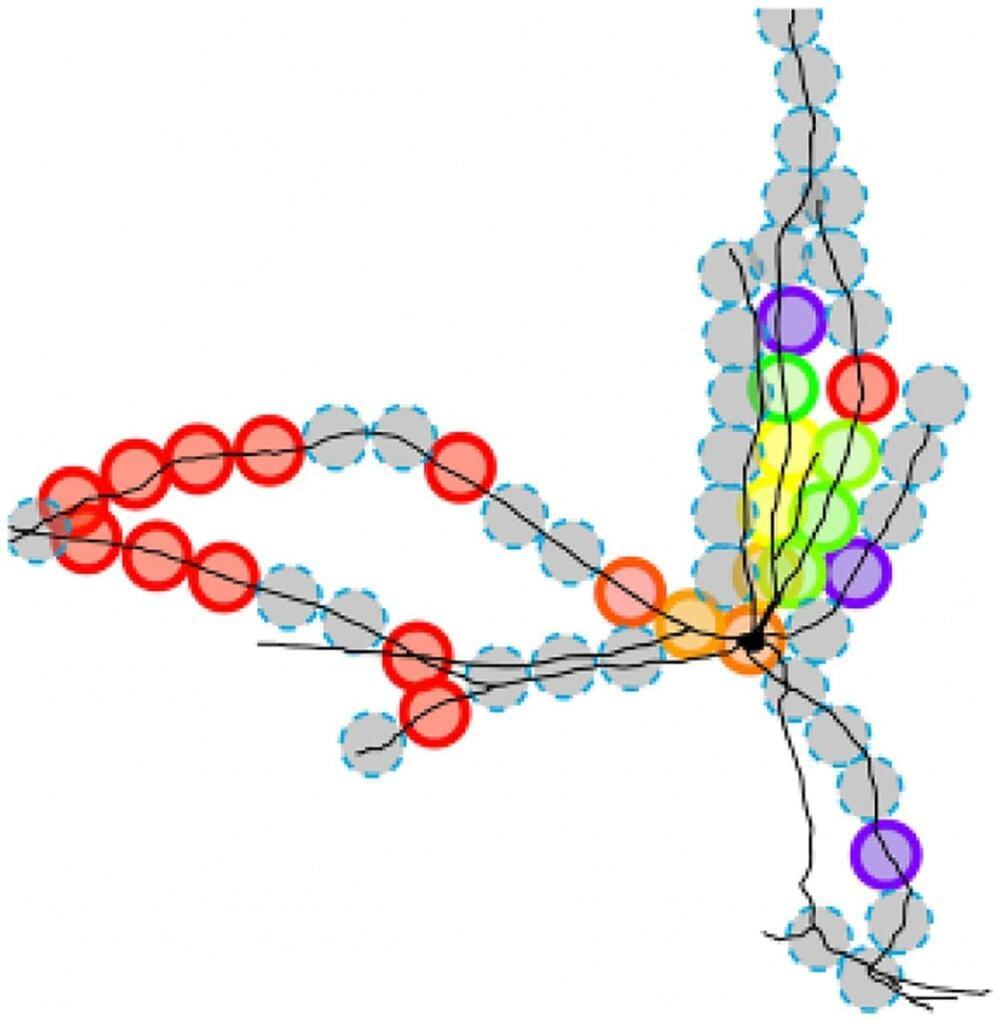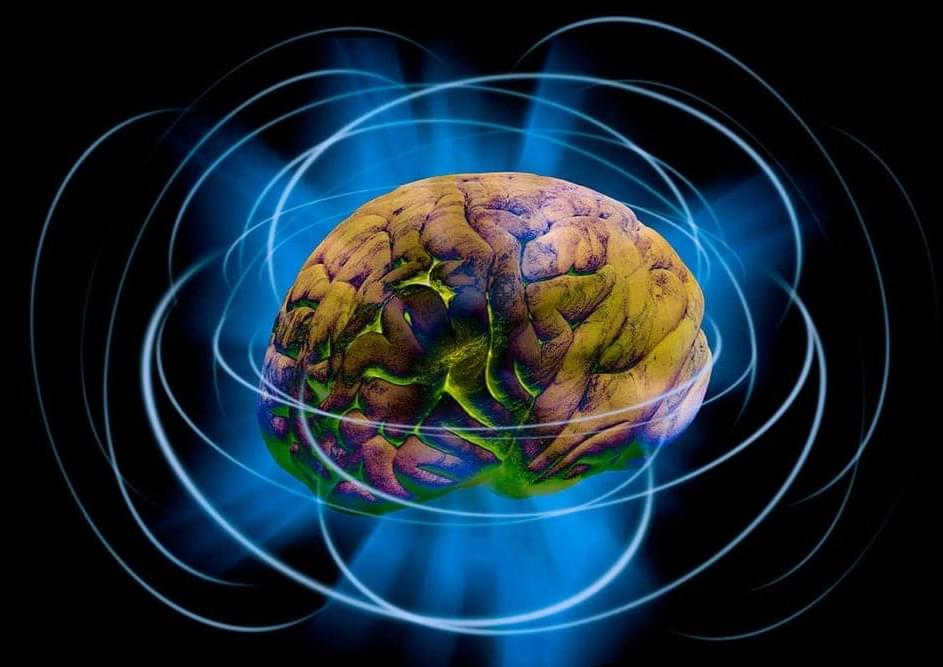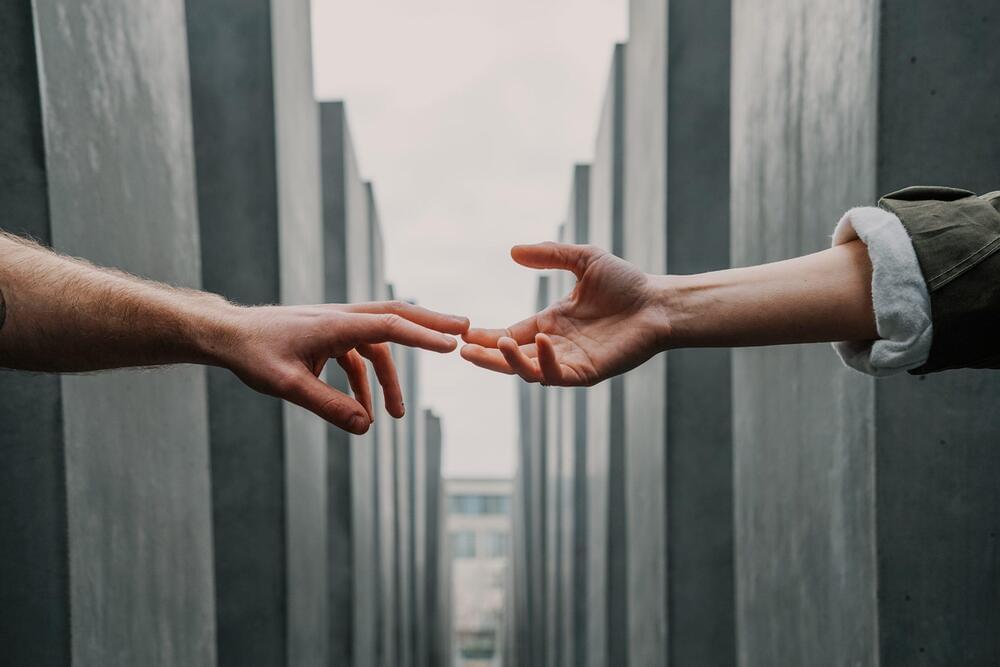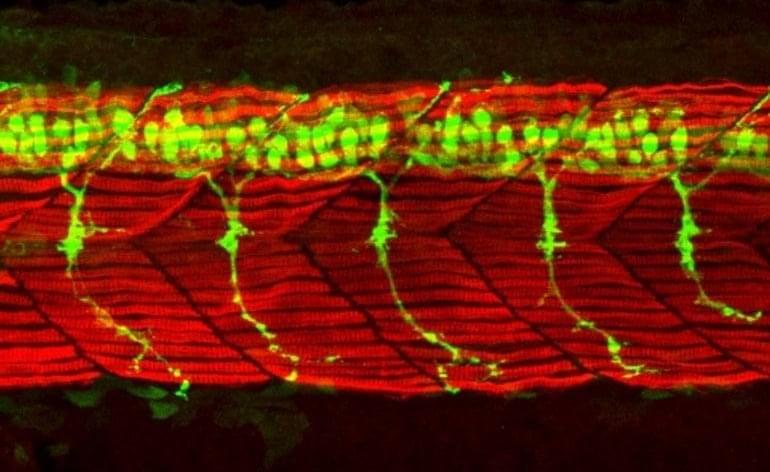Guarding Against Future Global Biological Risks — Dr. Margaret “Peggy” Hamburg, MD — Chair Nuclear Threat Initiative, bio Advisory Group; Commissioner, Bipartisan Commission on Biodefense; former Commissioner, U.S. Food and Drug Administration (FDA)
Dr. Margaret “Peggy” Hamburg, MD is an internationally recognized leader in public health and medicine, who currently serves as chair of the Nuclear Threat Initiative’s (NTI) bio Advisory Group (https://www.nti.org/about/people/margaret-hamburg-md/), where she has also served as founding vice president and senior scientist. She also currently holds a role as Commissioner on the Bipartisan Commission on Biodefense (https://biodefensecommission.org/teams/margaret-a-hamburg/).
Dr. Hamburg previously served as foreign secretary of the National Academy of Medicine and is a former Commissioner of the U.S. Food and Drug Administration (FDA), having served for almost six years where she was well known for advancing regulatory science, modernizing regulatory pathways, and globalizing the agency. Previous government positions include Assistant Secretary for Planning and Evaluation, U.S. Department of Health and Human Services, Health Commissioner for New York City, and Assistant Director of the National Institute of Allergy and Infectious Diseases, National Institutes of Health.
In her role, as Foreign Secretary of the National Academy of Medicine, the health arm of the National Academy of Sciences, Engineering and Medicine, Dr. Hamburg served as senior advisor on international matters and was the liaison with other Academies of Medicine around the world. She is an elected member of the Council on Foreign Relations and the National Academy of Medicine.
Dr. Hamburg currently sits on the boards of the Commonwealth Fund, the Simons Foundation, the Urban Institute, the Global Alliance for Vaccines and Immunization, the Parker Institute for Cancer Immunotherapy and the American Museum of Natural History. She is chair of the Joint Coordinating Group for the Coalition for Epidemic Preparedness and Innovation, and a member of the Harvard University Global Advisory Council, the Global Health Scientific Advisory Committee for the Gates Foundation, the Harvard Medical School Board of Fellows, and the World Dementia Council.






